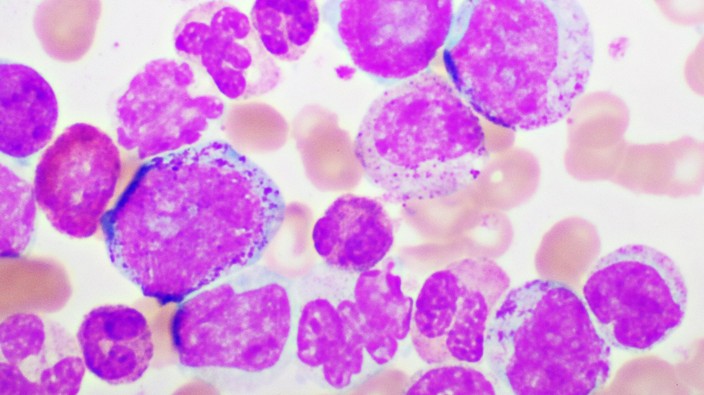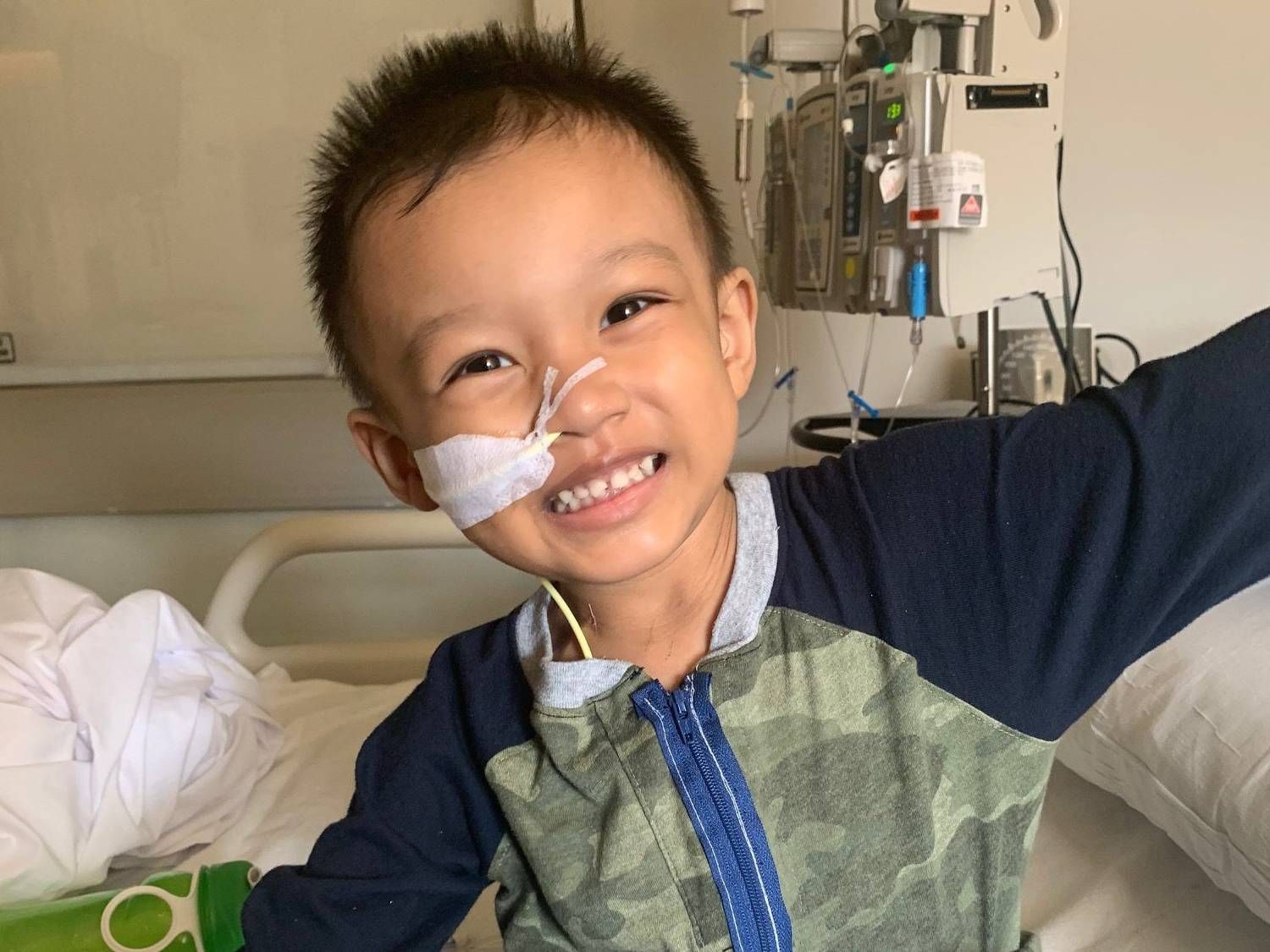juvenile myelomonocytic leukemia highlights need for more diversity in stem cell donors
xavier pesito was just three years old when his frequent fevers and eye infections were diagnosed as a rare form of blood cancer.
continued research in chronic myeloid leukemia inspires optimism
taking an active role in managing his cml empowers patients like philip meffe
healthing.ca partners with the leukemia and lymphoma society of canada
healthing.ca is proud to announce the leukemia & lymphoma society of canada as a "verified voice" partner toronto — october 22, 2020the leukemia & lymphoma society of canada (llsc) has officially launched as a "verified voices" partner on healthing.ca, powered by the postmedia network. "verified voices" are a collection of the country's foremost expert organizations who provide credible, factual, and verified health information for all canadians.the leukemia & lymphoma society of canada is the single largest voluntary health agency dedicated to blood cancers in canada.llsc
 3 minute read
3 minute read



















